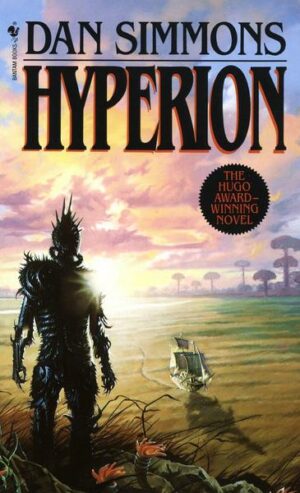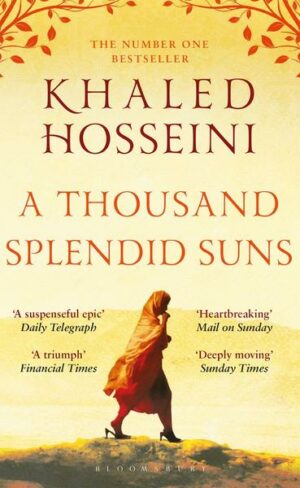‚Brilliant and terrifying‘ Observer Set in an unnamed African country, the book is narrated by Salim, a young man from an Indian family of traders long resident on the coast. He believes The world is what it is; men who are nothing, who allow themselves to become nothing, have no place in it. So he has taken the initiative; left the coast; acquired his own shop in a small, growing city in the continent’s remote interior and is selling sundries – little more than this and that, really – to the natives. This spot, this ‚bend in the river‘, is a microcosm of post-colonial Africa at the time of Independence: a scene of chaos, violent change, warring tribes, ignorance, isolation and poverty. And from this rich landscape emerges one of the author’s most potent works – a truly moving story of historical upheaval and social breakdown. ‚Naipaul has fashioned a work of intense imaginative force. It is a haunting creation, rich with incident and human bafflement, played out in an immense detail of landscape rendered with a poignant brilliance.‘ Elizabeth Hardwick ‚Always a master of fictional landscape, Naipaul here shows, in his variety of human examples and in his search for underlying social causes, a Tolstoyan spirit‘ John UpdikeSet in an unnamed African country, the book is narrated by Salim, a young man from an Indian family of traders long resident on the coast. He believes ‚The world is what it is; men who are nothing, who allow themselves to become nothing, have no place in it.‘ So he has taken the initiative; left the coast; acquired his own shop in a small, growing city in the continent’s remote interior and is selling sundries – little more than this and that, really – to the natives. This spot, this ‚bend in the river‘, is a microcosm of post-colonial Africa at the time of Independence: a scene of chaos, violent change, warring tribes, ignorance, isolation and poverty. And from this rich landscape emerges one of the author’s most potent works – a truly moving story of historical upheaval and social breakdown.
ISBN: 978-0-330-52299-1








